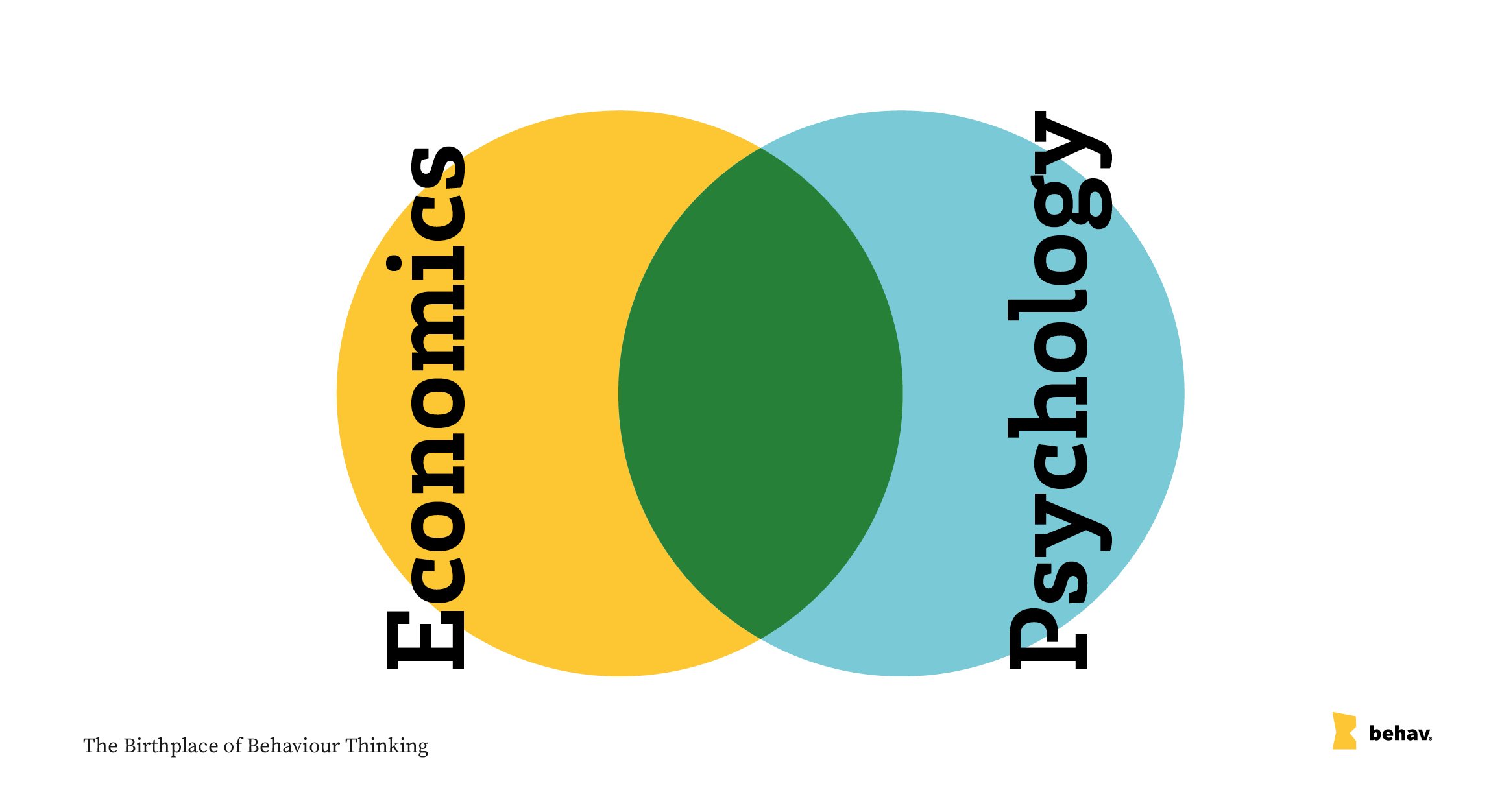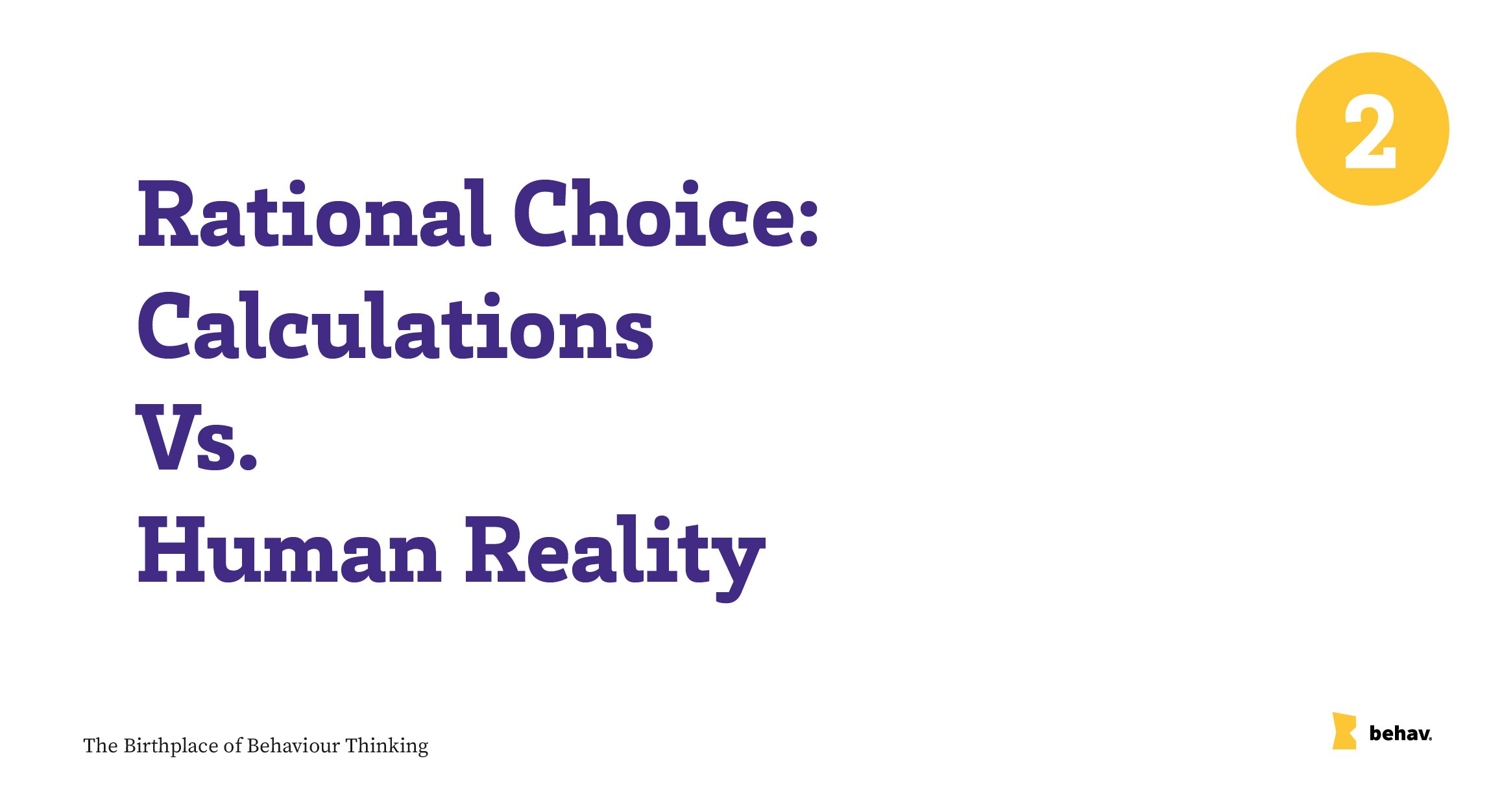The Birthplace of Behaviour Thinking
The birthplace of Behaviour Thinking
Written by Lauren Alys Kelly
Welcome to the first instalment of our #OriginsofBehaviourThinking series, where we embark on a journey to demystify the fascinating world of behaviour thinking.
As we delve into this intriguing field, we'll trace its origins, concepts, and its profound impact on our everyday lives.
Our journey begins at the intersection of psychology and economics, two seemingly disparate fields that together gave rise to the foundations of behaviour thinking. In the early 20th century, psychologists and economists began delving into the intricacies of human decision-making, investigating how and why people make choices.
In the realm of psychology, Behaviourism emerged in the 1920s and 1930s as a pivotal theory. Focusing on observable actions and responses, behaviourists sought to understand human behaviour without resorting to introspection or speculation about unobservable mental states. This clear, empirical approach laid the groundwork for subsequent research on the cognitive processes underpinning decision-making.
Simultaneously, economists were exploring the terrain of decision-making from a different angle. Their focus centred on the Rational Choice Theory, which proposed that individuals make decisions based on rational calculations of costs and benefits. The human decision-maker, they argued, was a rational agent striving for maximum utility.
But as time passed, this view started being challenged. As any seasoned designer, researcher, or manager knows, human beings are not always rational, nor do they always act in their best interest. Researchers began uncovering evidence of irrational and biased decision-making, marking a significant shift in understanding human behaviour.
So, what happens when our assumptions about rationality are upended? And how does this breakthrough lay the groundwork for a whole new field of study? Stay tuned for our next blog post, "A Leap in Understanding: The Emergence of Behavioural Economics," where we'll explore these intriguing questions.
As we move through our #OriginsofBehaviourThinking series, each post will build upon the last, offering you a comprehensive overview of this compelling field. We'll explore its history, delve into key concepts, and illuminate its relevance in today's world, all with a focus on practical, actionable insights.
In case you missed:
Introduction to the #OriginsofBehaviourThinking series
Remember, behaviour thinking is not a field of study—it's a tool, a guide, and a lens through which we can understand and shape human behaviour. By exploring its roots in psychology and economics, we can better appreciate its value and potential. Here's to a journey of discovery, insight, and above all, understanding.
Key Takeaways:
Behaviour Thinking’s roots are in the intersection of psychology and economics.
Behaviourism and Rational Choice Theory laid the groundwork for behaviour thinking.
As we understood more about the intricacies of decision-making, assumptions about rational behaviour were challenged.
Looking forward to exploring more on this intriguing topic with you in our next post!




